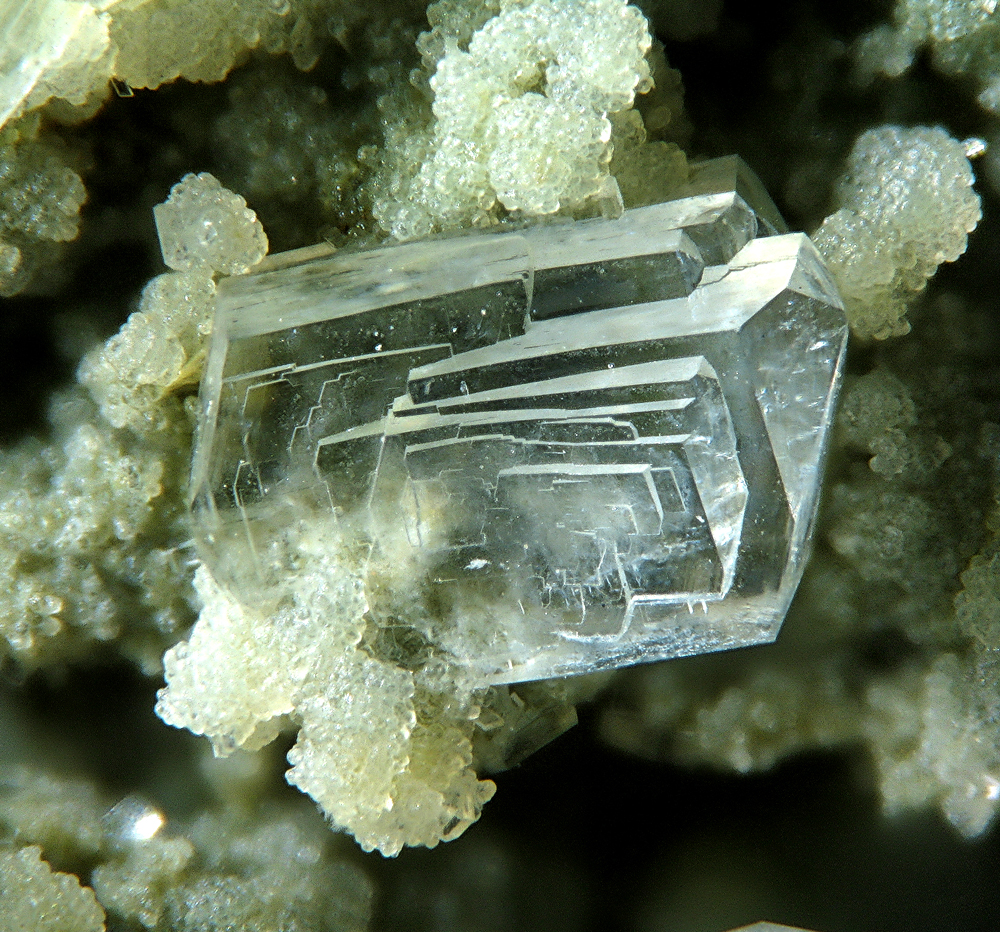myke
Well-Known Member
I have a plant shes yellowing quickly,she must be a heavy feeder as all my others appear happy.Ive top dressed her a few times but no response.Ill take note for next round but for the sake of getting her to the finish line I gave her about .8EC of my veg/hydro feed. A splash of Calmag and all I can do now is wait.@Northwood
I have decided that I will not reuse the soil in my current pots when I switch that tent to a bed, which I am using in my new tent.
While the buds of the Green Cracks which do not have leaf issues are getting thick, the buds on the taller plants (Gelatos) which have the purpling problem are still tiny and these genetics are supposed to finish max 1 week apart. That makes me think that whatever the deficiency is, it will affect the yield DRASTICALLY.
I think I am at the point I haVe to use at least some chem fertilizers.
What should I apply to the yellow/purple plants and how much do you reckon?
Its all about learning from past grows,take notes and press on.

